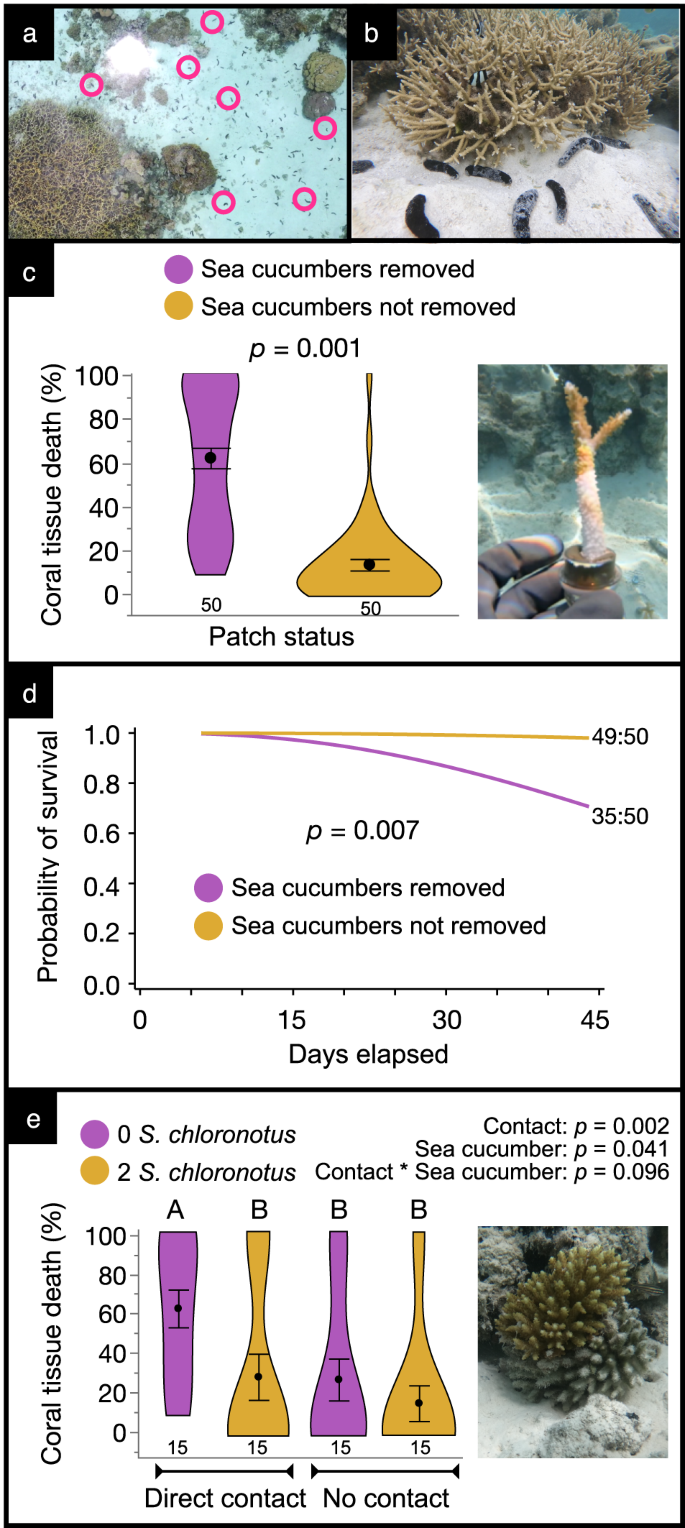2024-02-22 ミシガン大学

Visualization of diets for 1,314 species of lizards and snakes. Each point is an individual species: lizards = blue, snakes = red. Points that are closer together indicate greater similarity in diets. The size of each point is proportional to the diversity of food types that each species will eat: Small circles indicate highly specialized diets, for example. Lizards and snakes show very little overlap: Lizards feed largely on insects, spiders and other arthropods. Snakes generally eat frogs, fishes, mammals, birds, and other vertebrates. From Title et al. in Science, February 2024.
<関連情報>
- https://news.umich.edu/snakes-do-it-faster-better-how-a-group-of-scaly-legless-lizards-hit-the-evolutionary-jackpot/
- https://www.science.org/doi/10.1126/science.adh2449
ヘビのマクロ進化の特異性 The macroevolutionary singularity of snakes
PASCAL O. TITLE, SONAL SINGHAL, MICHAEL C. GRUNDLER, GABRIEL C. COSTA, […], AND DANIEL L. RABOSKY
Science Published:22 Feb 2024
DOI:https://doi.org/10.1126/science.adh2449
Editor’s summary
Snakes are important members of today’s ecosystems and, together with lizards, make up one-third of the vertebrate biota. Their iconic status largely comes from their morphology and role as impressive and varied predators. Title et al. looked at the evolution of the group and used a large number of natural history diet observations to explore their role in ecosystems. They found that a pulse of evolutionary innovation that occurred at the origin of snakes more than 150 million years ago led to an expansion of diet in squamate reptiles, which had cascading impacts on ecosystems that persist today. —Sacha Vignieri
Abstract
Snakes and lizards (Squamata) represent a third of terrestrial vertebrates and exhibit spectacular innovations in locomotion, feeding, and sensory processing. However, the evolutionary drivers of this radiation remain poorly known. We infer potential causes and ultimate consequences of squamate macroevolution by combining individual-based natural history observations (>60,000 animals) with a comprehensive time-calibrated phylogeny that we anchored with genomic data (5400 loci) from 1018 species. Due to shifts in the dynamics of speciation and phenotypic evolution, snakes have transformed the trophic structure of animal communities through the recurrent origin and diversification of specialized predatory strategies. Squamate biodiversity reflects a legacy of singular events that occurred during the early history of snakes and reveals the impact of historical contingency on vertebrate biodiversity.


